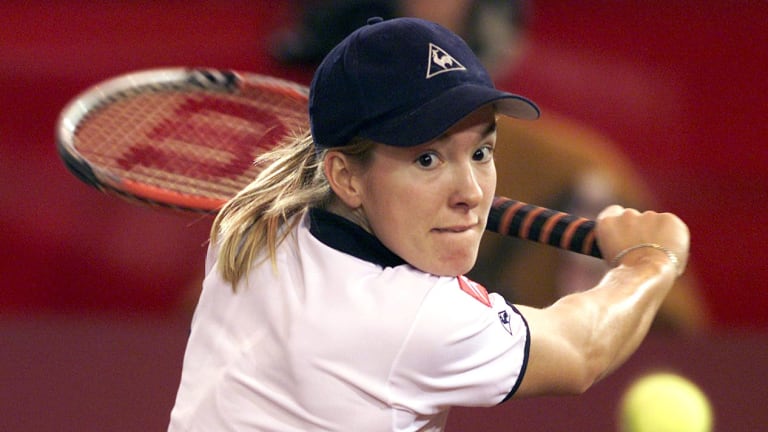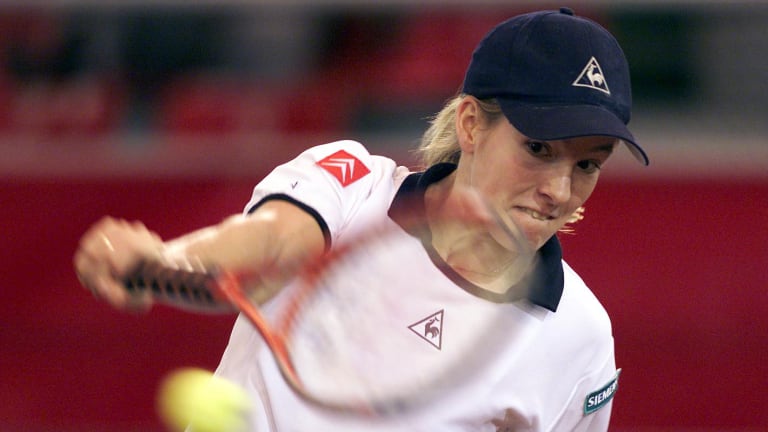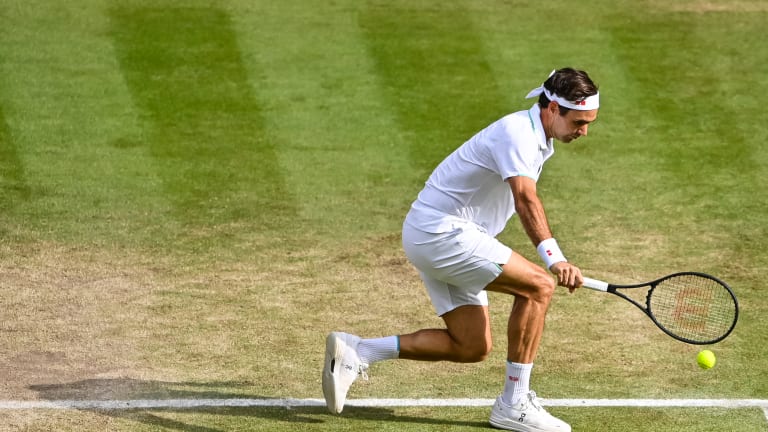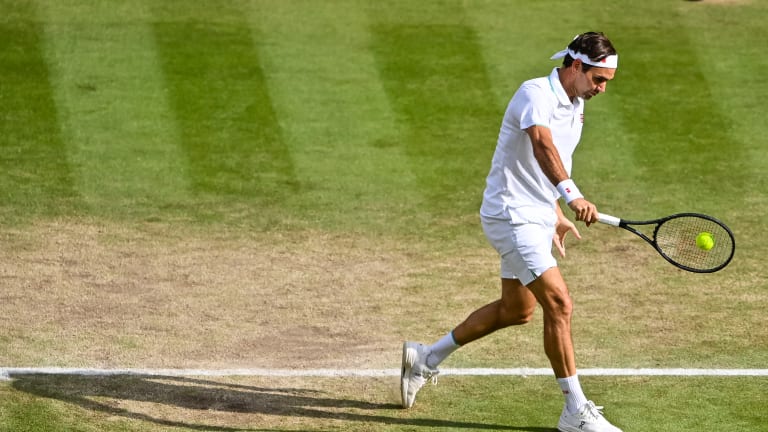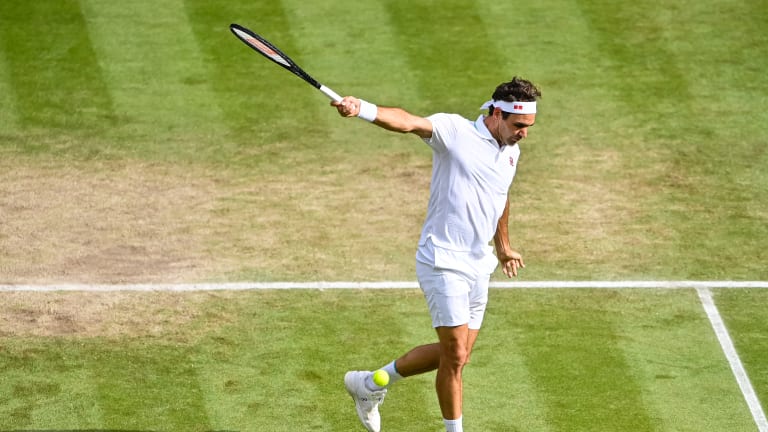In the wake of the news that this week will mark the first in ATP history that no players in the Top 10 possess a one-handed backhand, Tennis.com offers a look back at a 2023 series counting down the 20 most impressive one-handers, and how their combination of beauty and efficiency left their mark on the game.
Special Feature
Who's No. 1? Roger Federer and Justine Henin atop The Greatest One-Handed Backhands of the Open Era
By Mar 14, 2023Special Feature
The mindset of a super squad: How Danielle Collins, Emma Navarro and Tommy Paul became U.S. tennis stars
By Oct 30, 2025Special Feature
The mindset of a disruptor: Daniil Medvedev and Jelena Ostapenko harness the chaos
By Oct 29, 2025Special Feature
The mindset of a finalist: Sinner, Pegula and Zverev on what gives them a mental edge
By Oct 28, 2025Special Feature
Fifty years after winning her first US Open, Chris Evert says her legacy won’t be contained in a trophy case
By Sep 05, 2025Special Feature
Welcome to Tennis Channel Airlines ✈️
By Jul 15, 2025Special Feature
Henry Searle, 2023 Wimbledon boys' champ, trusts self-improvement mindset will see things fall into place
By Jun 29, 2025Special Feature
On the first day of the Paralymics in Paris, an ode to wheelchair tennis
By Aug 28, 2024Special Feature
What “gift” each American men's contender needs to get over the Grand Slam hump
By Mar 03, 2024Special Feature
One-Slam Wonderful: Yannick Noah's Roland Garros title, 40 years later
By Jun 11, 2023Who's No. 1? Roger Federer and Justine Henin atop The Greatest One-Handed Backhands of the Open Era
You can't go wrong with either selection, but our countdown is now complete.
Published Mar 14, 2023
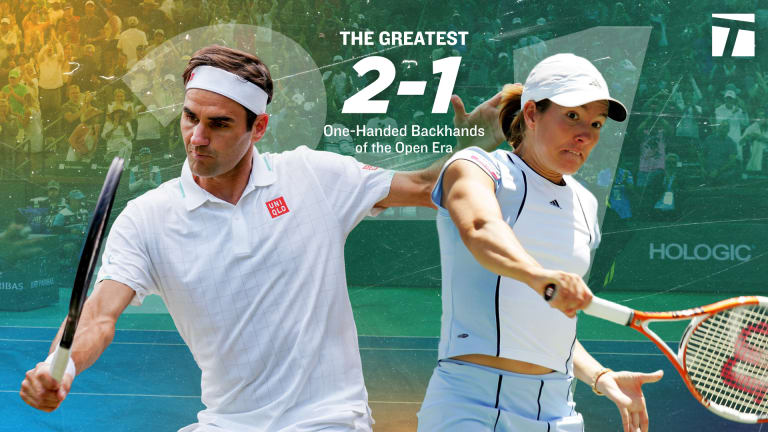
Advertising
Tennis Channel Live: Best One-Handed Backhand on ATP Tour
Advertising
Justine Henin's one-handed backhand
/
Advertising
Advertising
Advertising
Roger Federer's one-handed backhand
/
